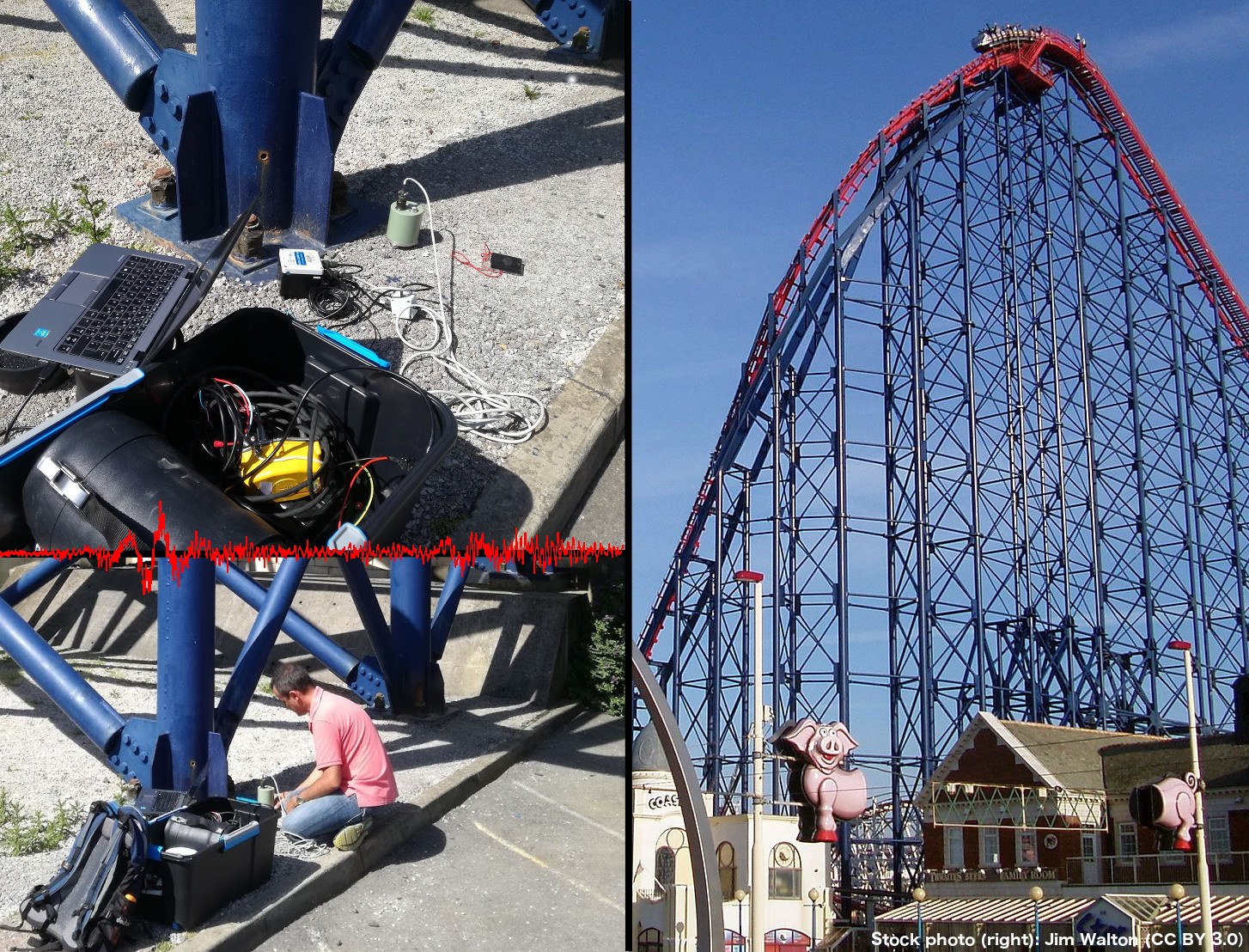Cuadrilla publishes background seismicity data ahead of hydraulic fracturing

Ahead of the first hydraulic fracture (frack) of a shale gas reservoir since the Preese Hall (Blackpool) earthquakes in 2011, the University of Liverpool have been involved in seismic monitoring and improving public awareness of induced seismicity in the Preston-Blackpool region.
Cuadrilla, the operator, have recently announced a tool to view contextual and historic seismic data on their ePortal. The new pages on the ePortal include a local map view so that people can look at a bird’s eye view of the operational area, which is approximately 4.8km² around the Preston New Road site, including any seismicity occurring within that area, the magnitude of the seismicity and its depth. The Oil and Gas Authority regulates seismicity associated with hydraulic fracturing and a description of this regulatory process and the actions required at differing thresholds of any seismicity induced by fracturing can also be found on the e-portal. Hydraulic fracturing operations are to be temporarily paused if a seismic event of 0.5ML (Local Magnitude) or above, induced by fracturing, occurs. An event of 0.5ML cannot be felt at surface.
The e-portal includes the results of a recent investigation by academics at the University of Liverpool into earth movements induced by everyday human activity in the Blackpool area. Examples including vibrations from passing traffic, such as buses, cars and trams. The team discovered that standing beneath “The Big One” rollercoaster is comparable to ground vibrations felt directly above a 1.8ML earthquake occurring at a depth of 2km below ground and that the ground vibrations felt when standing 2m away from a passing tram are the same as standing directly above a 2.0ML seismic event.
Dr Edwards from the University of Liverpool explained:
“As part of our commitment to improve scientific understanding and public perception of natural and potentially induced micro-seismicity the University of Liverpool has been monitoring seismic activity across the Preston-Blackpool region using a network of high-sensitivity seismometers. We were pleased to be asked to help improve public understanding of the effects of minor seismicity that may be detected. As seismic events of less than less than 1.5ML are unlikely to be widely felt, and only just felt by some people very close to the epicentre, it can be hard to comprehend what minor or micro seismicity corresponds to in terms of everyday experiences of ground motion. We hope that these everyday examples will help explain this.”